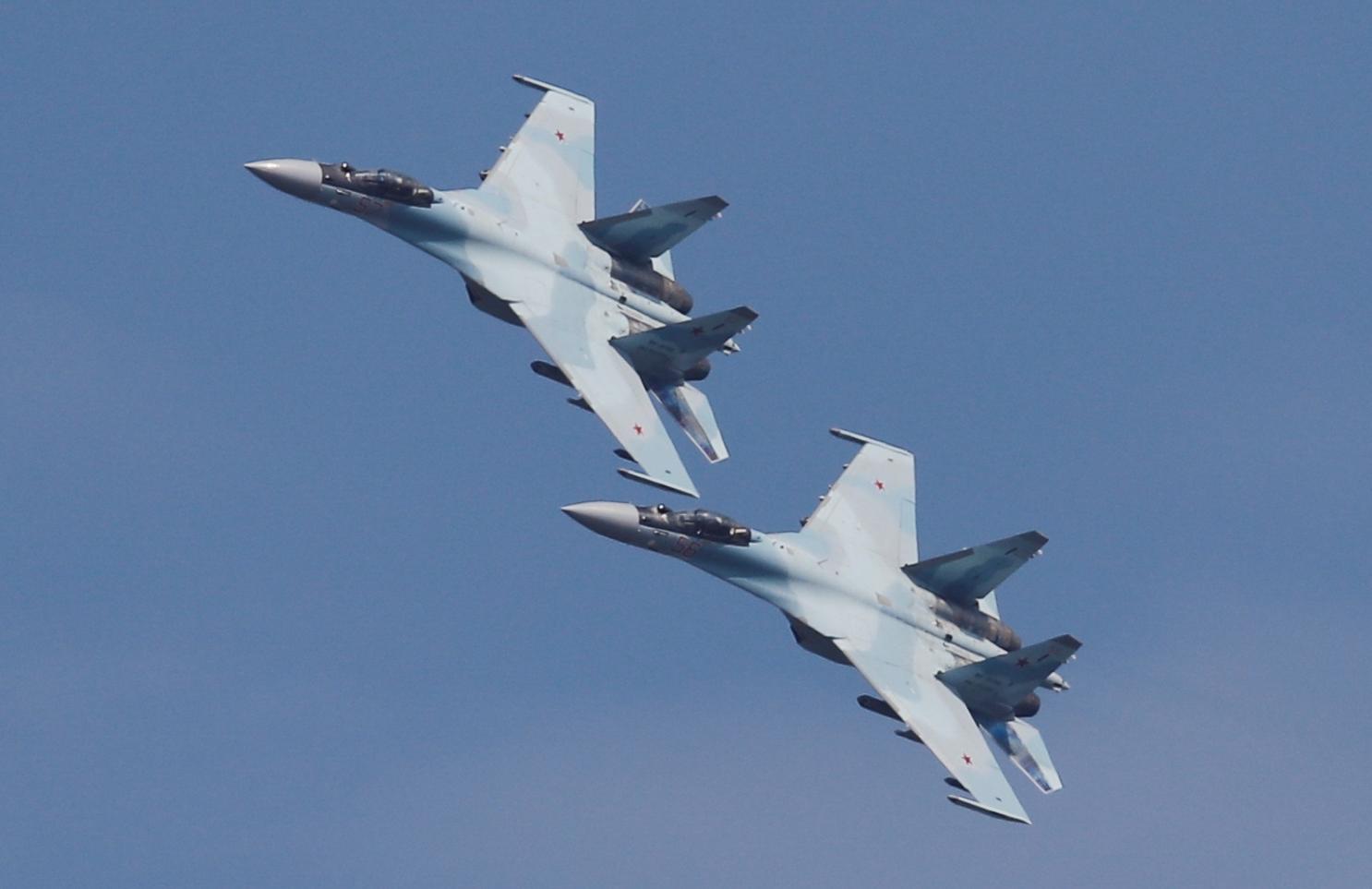Russian aircraft-manufacturing company Komsomolsk-on-Amur Aircraft Plant in Komsomolsk-on-Amur has launched the production of Su-35, intended to be delivered to the Egyptian Air Force under the contract signed in 2018. In March 2019, it was reported that Egypt would procure “over two dozen” Su-35 aircraft from Russia in a deal valued about $US2 billion, finalized in late 2018. Deliveries were expected to begin as early as 2020 or 2021. Deputy head of the Rosoboronexport Sergei Kornev denied any contract regarding to the supply of Su-35 fighters to Egypt has been signed.
The Sukhoi Su-35 (Flanker-E) is the designation for two improved derivatives of the Su-27 air-defence fighter. They are single-seat, twin-engine, supermaneuverable aircraft, designed by the Sukhoi Design Bureau and built by the Komsomolsk-on-Amur Aircraft . Although it was designed for export, the Russian Air Force became the launch customer in 2009, with the production version designated Su-35S. China’s People’s Liberation Army Air Force and the Indonesian Air Force have also placed orders.

The introduction of the Su-35S into the service with the Russian Air Force is a part of the Russia’s state armament programme for 2011–2020 that was formulated following the war with Georgia in 2008 with an aim to significantly increase the number of modern military equipment in the Russian Armed Forces.[89] The aircraft is delivered alongside the Su-30M2 and Su-30SM and the heavier Su-34 strike aircraft.[90] The first two are domestic variants of KnAAPO’s Su-30MK2 and Irkut’s Su-30MKI two-seat export aircraft.
Komsomolsk-on-Amur Aircraft Plant (named after Yuri Gagarin), is the largest aircraft-manufacturing company in Russia.The company is among Khabarovsk Krai’s most successful enterprises, and for years has been the largest taxpayer of the territory. The company currently produces Su-27SM/SKM fighters, Su-30MK2 multirole fighters, Su-33 and Su-27KUB shipborne fighters, and Be-103 amphibians, among others. KnAAPO will also manufacture Sukhoi Su-57 in the future. The plant uses Dzyomgi Airport as a testing and delivery airfield.















